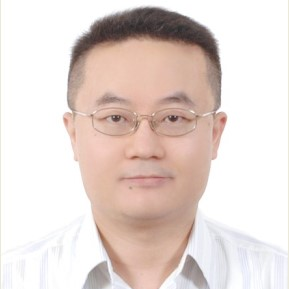Renewable Energy: Technologies and Challenges
A special issue of Sustainability (ISSN 2071-1050). This special issue belongs to the section "Energy Sustainability".
Deadline for manuscript submissions: closed (25 July 2023) | Viewed by 14941
Special Issue Editors
Interests: power electronic; green energy system; smart grid; LED saving-energy lighting; microcontroller design system.
Special Issues, Collections and Topics in MDPI journals
Interests: power electronics; power conversion; electronic lighting; energy-saving
Special Issues, Collections and Topics in MDPI journals
Special Issue Information
Dear Colleagues,
The development of renewable energy has a critical impact on the sustainability of energy. Renewable energy is a kind of energy that meets people’s increasing demands without compromising future usage. In order to make it widely available and naturally replenished, it is important to improve technologies in renewable energy.
The purpose of this issue is to improve the technology of renewable energy development and to discuss the technical bottlenecks and challenges in the process of technological development.
Scientific contributions will be accepted for the following areas: power electronics, development and application of renewable energy systems, smart grids, distributed energy systems, emerging technologies, power conversion technologies, etc.
The several areas specified in this issue are of considerable help to the technological improvement of renewable energy. It is also possible to understand the bottlenecks and challenges of current renewable energy development through the proposal of this issue: Make the application of renewable energy more popular.
Prof. Dr. Yu-En Wu
Prof. Dr. Chun-An Cheng
Guest Editors
Manuscript Submission Information
Manuscripts should be submitted online at www.mdpi.com by registering and logging in to this website. Once you are registered, click here to go to the submission form. Manuscripts can be submitted until the deadline. All submissions that pass pre-check are peer-reviewed. Accepted papers will be published continuously in the journal (as soon as accepted) and will be listed together on the special issue website. Research articles, review articles as well as short communications are invited. For planned papers, a title and short abstract (about 100 words) can be sent to the Editorial Office for announcement on this website.
Submitted manuscripts should not have been published previously, nor be under consideration for publication elsewhere (except conference proceedings papers). All manuscripts are thoroughly refereed through a single-blind peer-review process. A guide for authors and other relevant information for submission of manuscripts is available on the Instructions for Authors page. Sustainability is an international peer-reviewed open access semimonthly journal published by MDPI.
Please visit the Instructions for Authors page before submitting a manuscript. The Article Processing Charge (APC) for publication in this open access journal is 2400 CHF (Swiss Francs). Submitted papers should be well formatted and use good English. Authors may use MDPI's English editing service prior to publication or during author revisions.
Keywords
- power electronics
- renewable energy
- smart grids
- power conversion






